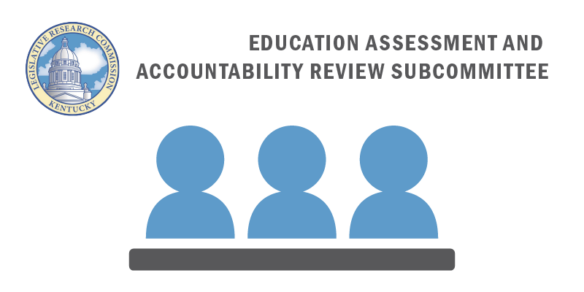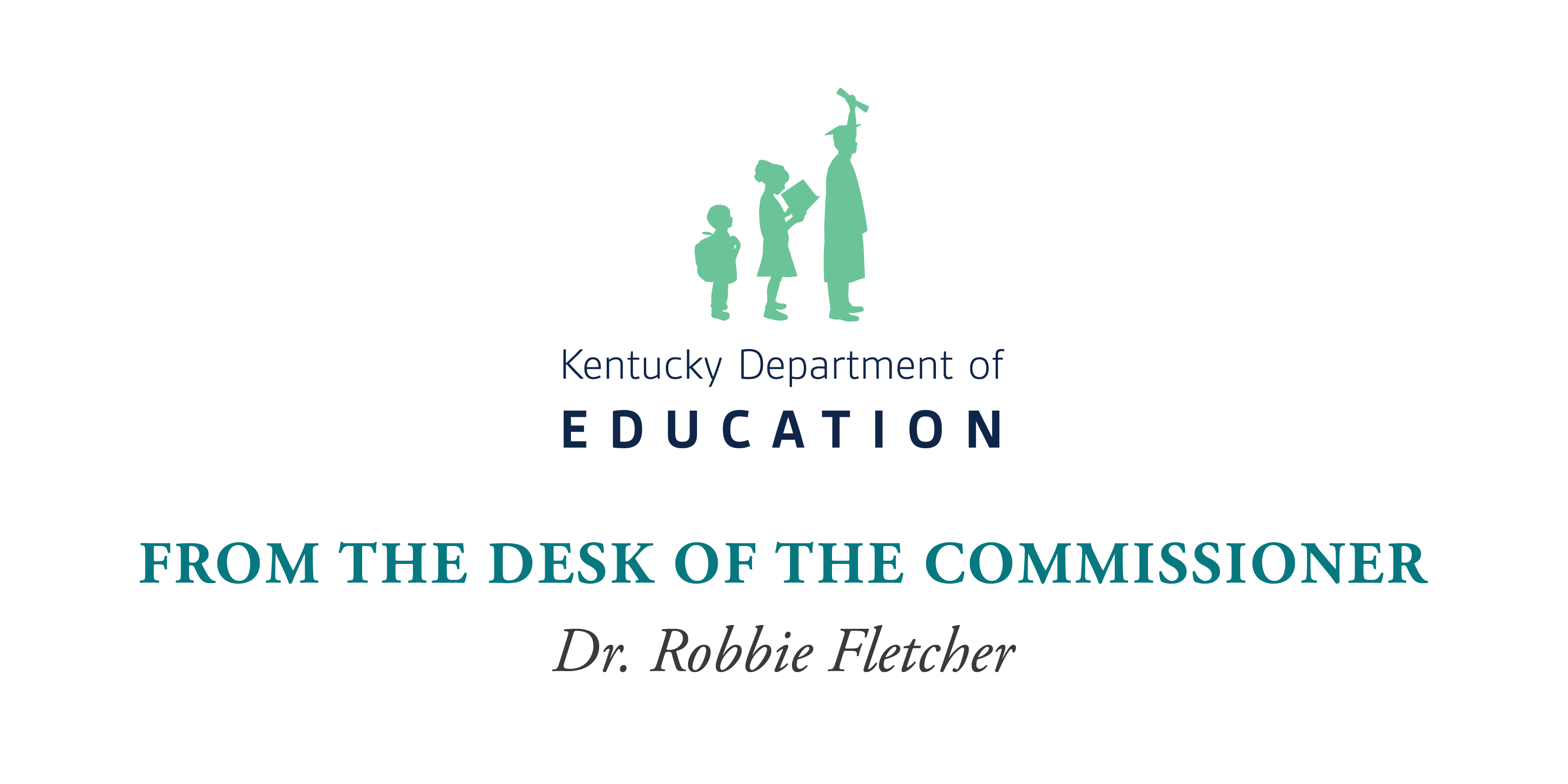
Members of the Office of Education Accountability (OEA), a function of Kentucky’s legislative branch, presented details on the Commonwealth’s teacher shortage during the Education Assessment and Accountability Review Subcommittee (EAARS) meeting on Nov. 1.
Sabrina Cummins and Allison Stevens, research analysts with OEA, presented data collected from a variety of sources, including the Kentucky Department of Education (KDE), Kentucky Center for Statistics (KYSTATS) and Kentucky Council on Postsecondary Education (CPE). Information from multiple surveys also was used, including the Impact Kentucky Working Conditions Survey and OEA site visits with superintendents, principals and teachers.
Among the major conclusions, OEA staff determined many schools are seeing few, if any, applicants for teacher positions.
Percentage of Job Listings with No Available or Satisfactory Job Applicants
“Teacher shortages are occurring in every subject area and they’re getting worse,” said Stevens.
Also, fewer teachers are completing the Praxis II teacher preparation programs, especially in subjects with more significant teaching shortages. As a result, OEA staff said districts are being forced to retain sub-par educators and contract with outside agencies to address their needs.
OEA staff pointed out areas where Kentucky is working to address the teacher shortage, including the teaching and learning career pathway, Nelson County’s Grow Your Own apprenticeship program, and the Option 9 alternative route to expedited teacher certification.
Other key points among the data presented by OEA:
- According to the Kentucky Educator Placement Service (KEPS), the number of job openings rose from 77 in 2019 to 277 in 2023. This is the number of posted job openings at any given time tracked by KEPS, not necessarily the number of open teaching positions across Kentucky.
- The number of teachers holding emergency certificates rose from 547 in 2020 to 2,935 in 2023, which is still less than 1% of all teaching certificates. Emergency certificates require at least a bachelor’s degree and requires districts to demonstrate an inability to find a qualified teacher.
- The number of teachers holding alternative certificates rose from 2,184 in 2020 to 3,763 in 2023. Alternative certificates are issued to distinguished and skilled professionals with valuable work experience through one of nine alternative certification routes.
Superintendents made several suggestions to OEA staff, including an overall increase in funding to help address salaries for teachers and staff, ease some requirements for certification, and change the Support Education Excellence in Kentucky (SEEK) funding formula so it is calculated based on a school’s membership rather than daily average attendance.
The number of classified staff members in Kentucky schools also has fallen by 1.8% since 2019, fueled by significant drops in the number of transportation (12.9%) and operations (7.3%) staff members. The report from OEA said staff members in several areas – including transportation, operations, food service and secretarial/clerical – reported receiving higher pay for similar roles outside of public education.
OEA staff said most superintendents have had issues with a lack of qualified candidates for classified staff. Several districts have outsourced certain jobs, but not without issues. Cummins said one superintendent stated their district tried contracting an outside firm for custodial staff, but the firm sent people who were convicted felons or drug users.
Kentucky school districts have used federal COVID-19 relief money from the Elementary and Secondary School Emergency Relief (ESSER) fund to cover thousands of full-time certified and classified job positions in 2023, presenting another challenge on the horizon when that funding expires next year.
ESSER Funds Used for School Staff in 2023
“This allowed them to free up unrestricted money from their general fund for other expenses,” said Cummins.
Cummins said districts expect to retain only about 20% of the new classified and certified positions that were funded by ESSER dollars when funding expires.
OEA staff made several recommendations in light of what they collected from their study:
- KDE consider including survey questions from the 2017 Teaching, Empowering, Leading and Learning (TELL) survey that was discontinued;
- KDE develop a method of determining the number of teacher vacancies at any given time;
- The legislature consider including pre-education programs to teacher certification in the eligible programs of study for the Work Ready Kentucky Scholarship Program;
- KDE review and revise classified job descriptions to ensure they align with the duties and qualifications of current classified staff;
- KDE work with school districts to collect data on districts’ contract staff annually;
- The Kentucky Board of Education approve administrative regulations over the qualifications and minimum requirements of instructional aides; and
- The legislature should stop requiring school districts to provide school-based decision making councils with at least 3.5% of the SEEK guaranteed base amount for funds as described in 702 KAR 3:246 Section 6. OEA staff said this would allow districts to spend more on resources for teachers to help improve working conditions.
The data collected and analyzed by OEA will be used to guide lawmakers during the upcoming legislative session.
“This will not be the end of it today,” said Sen. Stephen West (R-Paris), EAARS co-chair.
During the EAARS meeting, the committee also approved the OEA 2024 Study Agenda. More information on the OEA presentation can be found in the OEA Staffing Shortages report.




Leave A Comment